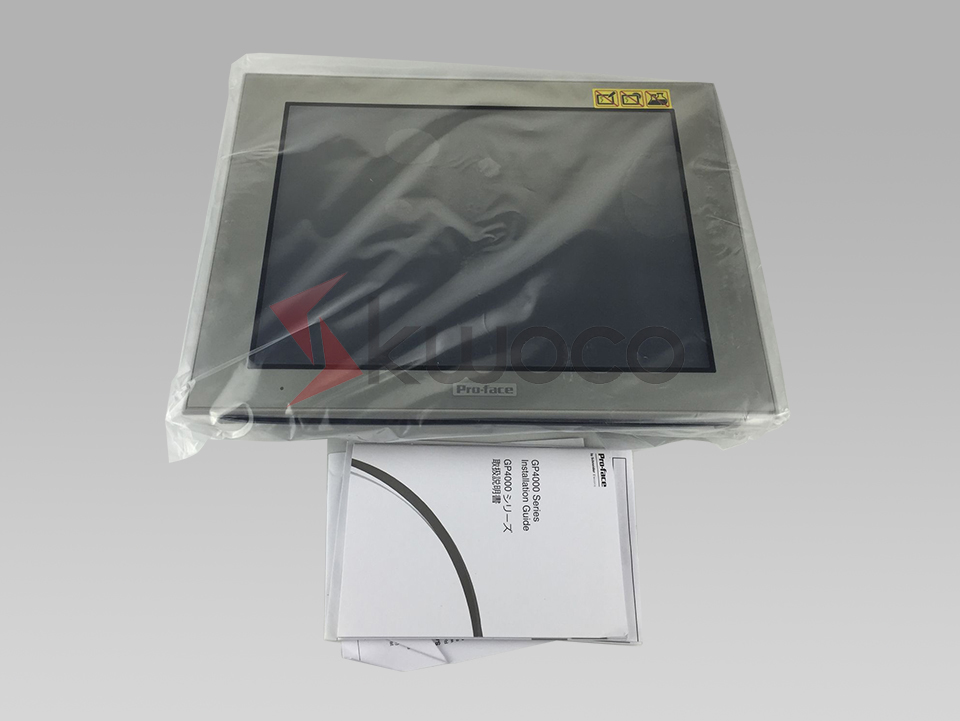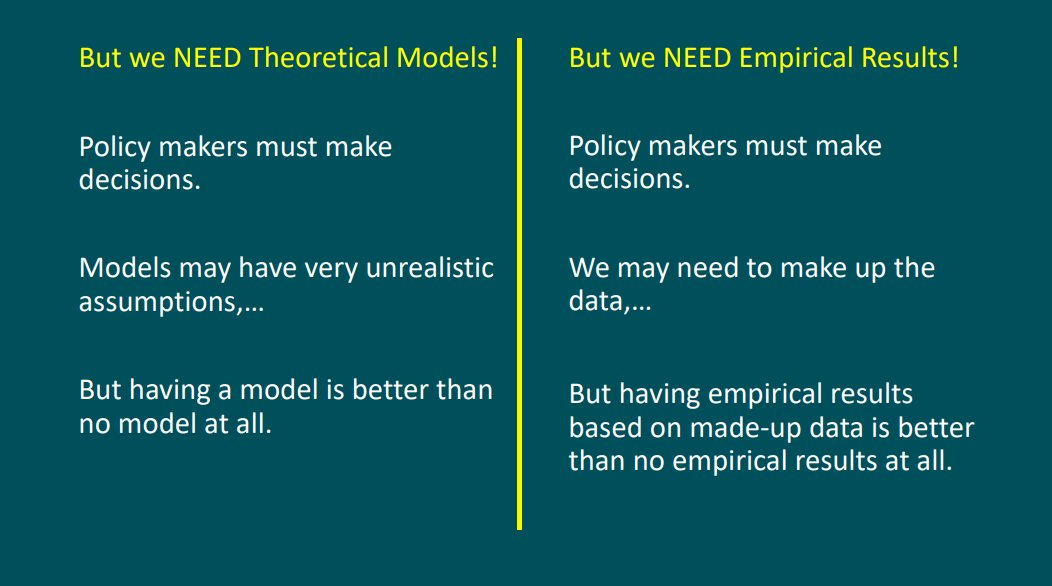

Now further it has been categorized in the 3 types which are: Modes of Heat Treatment: The extreme or moderate or low heated object leaves the heat at the room temperature. So the temperature of the air is less than the temperature of cooked food, it (temp) starts emitting to surrounding and this process goes on till both come in the normal temperature. So what we do for, we are keeping to an open environment or near to fan. Initially, we provide heat and after preparing food we are trying to extract heat to eat the cooked food.

The heat transfer takes place from the high-temperature body to low-temperature body. So Heat is the form of energy which is associated with the motion of molecules or atoms. Thus the pattern of posturography test results found among panic subjects does not seem to reflect simply generalised anxiety or psychogenic instability, but appears more consistent with specific difficulties relating to orientation and postural control.Before going to study the heat transfer in details lets have an overview on Heat first. Posturography test results correlated with subjective reports of dizziness and agoraphobic avoidance but were not related to measures of somatic anxiety or fear of anxiety-related symptoms or their anticipated consequences. These subjects were consequently destabilised by motion of the visual surround or surface of support. In contrast, assessment of postural sway by moving-platform posturography revealed that 12 of the panic subjects, but only 1 normal subject, relied on visual and proprioceptive information for postural control. Tests of vestibulo-ocular function (rotatory, optokinetic and caloric testing) failed to differentiate clearly between the two groups. The present study compared, therefore, the results of vestibular and posturographic tests in 17 people with symptoms of panic and agoraphobia with those in 17 healthy controls. This observation suggests that people with symptoms of panic and agoraphobia may have undetected balance-system abnormalities. Many of the situations that induce sensations of dizziness and panic in people prone to panic and agoraphobia are characterised by perceptual conditions which also provoke disorientation in people with organic balance-system dysfunction.


 0 kommentar(er)
0 kommentar(er)
